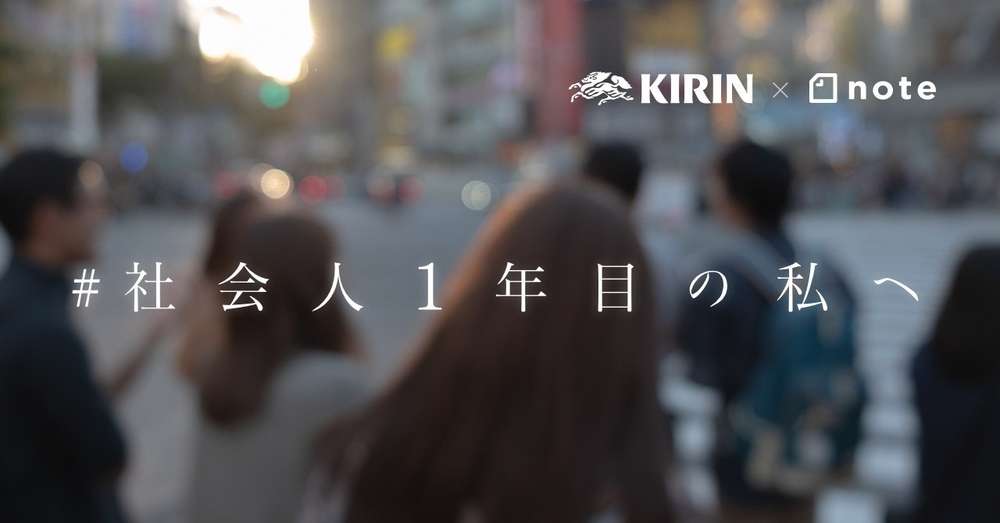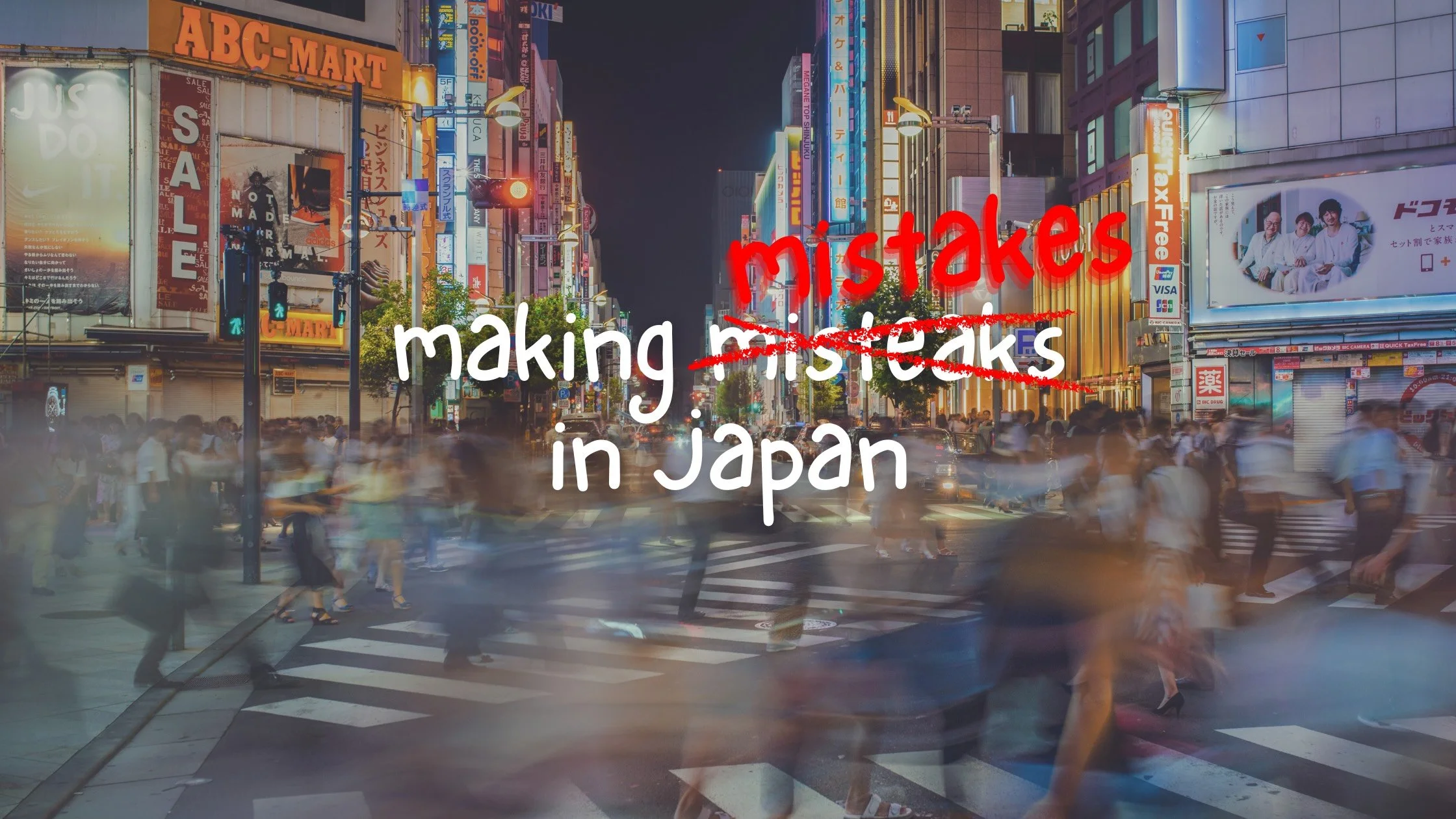TikTok’s Unique Strength? Consumer-Generated Ads
TikTok often gets categorized as an app where teens and people in their twenties dance. In a way that's true, but the reality is it’s already being used around the world as a place of inter-generational communication.
According to Koumiku’s book on TikTok “China Trend Bureau” published last year, TikTok is the top app used by people of all ages, "college professors in their 50s, farmers’ grandmothers in the countryside, and even food stall owners” in China, the home of TikTok. [J]
Its popularity has since exploded worldwide, with the app getting 614 million downloads in one year, and TikTok ad spend growing by 75x between May and November 2019.
As popular as it already is, TikTok is still on its way.
Whether it’s TikTok, Facebook, Instagram or something else, it’s only students at first, then early adopters, women. But before you know it, the number of users has exploded and it's a common name in corporate marketing efforts.
There are currently about 9.5 million monthly TikTok users in Japan (as of 2019).
For reference, Instagram has about 33 million.
Half of TikTok’s users in Japan are currently under 20, and we may wonder how far it will spread to other age groups, but it might be better to think about how quickly it will explode instead.
We expect that it will due to its characteristics of spontaneity and authenticity - both important in marketing.
Why TikTok is noteworthy from a marketing perspective
Yes, you can run video ads on Instagram (and Facebook) or YouTube which have young users as well, so while TikTok is a short video platform, that’s not what makes it special.
What makes TikTok a unique platform is it’s one where the users create the ads
Sure, user-generated content is big on Instagram, even YouTube in the form of fan videos, but there has never been a platform before that does it so well.
Here’s a concrete example.
PayPay, the leading mobile payment service in Japan, released the catchy "PayPay Dance" song on TikTok and ran their campaign on TV at the same time. Because the song reached many in multiple channels, it gained wide recognition.
While most company’s ads are simply the primary video like the one above (using a recognizable Japanese comedian in this case), PayPay implemented TikTok into their campaign since the app makes it easy to imitate and create social videos.
Seeing someone’s video using the song on TikTok influenced others to dance or create their own original posts using the song. Just like other social networks, people get likes and get hooked in trying to come up with creative content that catch people's attention.
The outcome is people voluntarily creating ads
In actuality, the campaign’s framework isn’t all that new.
For example, on Japan’s blogging platform Note, Japanese beverage maker Kirin launched the “To my first year as a working adult self” campaign asking users to participate by submitting essays, comics, etc.

Kirin’s “To my first year as a working adult self” campaign on Note
This is similar in structure, but the key differences are as follows:
Immersion: TikTok's content is naturally more immersive in the sense that video appeals to the ears as well as the eyes.
Popularity: TikTok is a simple tool for watching short videos and liking them. This design makes it easy to make a splash.
Instagram also has campaigns based around specific hashtags. This is similar on the surface level, but with TikTok, it is easier to reflect the true feelings of the user in the content, which in turn contributes to the spread of the campaign.
Have you heard of “Instagram fatigue”? In Japan it’s called “Insta-tired”, referring to the exhausted state from feeling a gap between your reality and the glittery daily lives of your friends and the influencers you admire on your social media feeds. It's important to post photos that "look good", especially on Instagram, and there are studies that show that it's easy to get burned out on social media.
TikTok is a more comfortable place to post
The reality is that the perceived barrier to post on TikTok is low. With Kirin’s campaign on Note, people needed to carefully craft and edit their entries.
And what if PayPay’s campaign was on Instagram instead?
There would be too much concern about background reflections, outfits, etc., and the worry of needing to edit everything. All of that creates barriers and distractions, meaning many may not feel interested, and it may not begin to buzz at all.
TikTok is already popular, but its increasing user growth, low participation barriers and immersive content make it a prime marketing channel for businesses to benefit from now.







